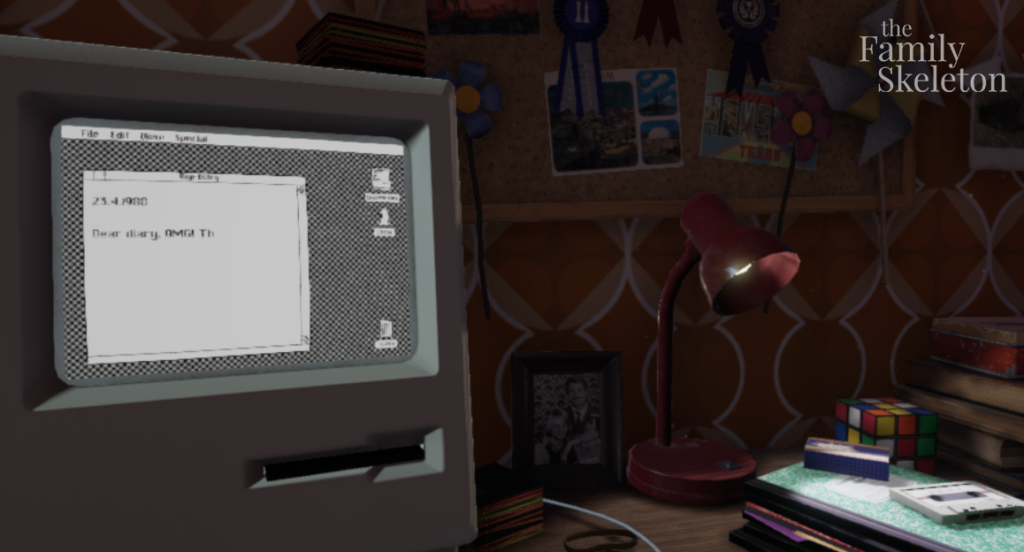While in Greenlight, we had comments asking if we will have a gameplay video when we released our teaser trailer which was mostly cinematic camera work and had very little gameplay in it. A perfectly reasonable request, yet we weren’t sure how to address this. The reason behind that was, being a narrative exploration game, the main mechanics are walking and reading notes (in so many different ways) so the only thing left that may be novel is the story and narrative, the telling of the story.
So how do you make a demo for a narrative exploration game without spoiling the story? If the game’s value lies with the narrative, tone and atmosphere, how can you deliver a demo based on those values?
Rather than a demo, we decided on making a prequel that reflects the same atmosphere, environment and theme we will be delivering in the original title. After all, the game’s unique selling point is not a novel mechanic or interaction paradigms but the narrative. A prequel, while not sharing the same mechanic with the game, lets us explore a part of the story the player won’t get to explore with the original game and justifies using different mechanics. This would allow us to tease the characters, the tone, and the events the player will be exploring in the full-feature game. After all, if the player is reading some notes in the original game, it means that someone wrote them at some point. What better way than to play with one of the characters during the time the events took place, writing said notes.
The following part of this post will contain spoilers regarding our game The Family Skeleton.

In the demo prequel we are working on, the player gets to play as Paige who has been dead for almost three decades during the time the actual game takes place. In the full-release of the game, you play as Tom, Paige’s little brother who is around age four during the prequel and is in his thirties during the original game. As we play in the shoes of Tom as an adult, we discover what the circumstances were that led to Paige’s suicide. As you can see, the story will be about Paige, and not only we are merely an observer (as Tom), we will also never get to meet Paige (other than as a ghost). Considering the whole thing revolves around Paige, we decided to feature Paige as the avatar in a small demo where the players can get a glimpse into what it was like to “be” her by directing her diary entries. We go though several journal entries, in a choose-your-own-adventure style interaction. The player is presented with choices after a body of text has been displayed. Each answer leads to the journal entry being expanded and eventually followed by another entry.
While there are no correct paths to follow, the demo can be played to explore different paths, each revealing a different part of the story or a different detail about a character. It is written to be exhausted by the player. As the demo is designed to tease the story and some of the character’s in Paige’s life at story-time, having an entirely different mechanic that facilitates the exploration of the story was justifiable.
The hands’ idle animations, depending on what part of the story has been established depending on the entries the user commits to changes, revealing Paige’s self-harm scars or switching to another idle animation that has a more anxious quality to it. Here, the hands are employed as a narrative device, telling an unspoken/un-typed part of the story without necessarily spelling it out for the player. By then, the player already has read about using rubber bands to fight the urges for self-injurious behavior in a journal entry. If the player has knowledge of how these objects relate to self-harm, they may see it coming; if not, it will hopefully click when the animation plays to reveal the scars.